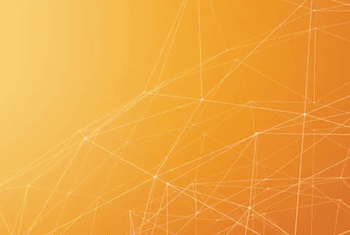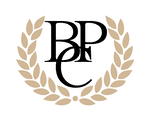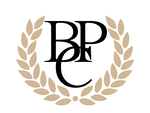Managing volatility & machine learning in demand forecasting
- S&OE as a weekly cycle has taken centre stage, alongside and feeding into the monthly S&OP process;
- S&OE processes have become the key tool for managing other short-term shocks like the recent driver supply crisis;
- The pandemic experience helped reinforce the relationship between supply chain, finance and commercial and there is now a more established understanding that IBP is a business process, not just a supply chain process;
- Planning, as well as supply chain more generally, has come to be recognised by senior management as a key capability to orchestrate responses and the pandemic served as a kind of ‘burning platform’ in that respect;
- There has also been a move to reduce complexity in the product portfolio and that is expected to continue to be a driver for more collaborative decisions between commercial, portfolio and supply chain teams;
- The cost inflation which has continued beyond the pandemic, partly due to the Ukraine situation, but also looks likely to become more embedded is also a key driver for more collaborative decision-making, particularly around how best to pass on some of those changes to customers.
- For those with experience of ‘next-gen’ tools, there has clearly been an improvement in forecasting capability, not least as a collaborative platform where commercial and planning can come together to enrich the forecast;
- There is still a role for more traditional, univariate statistical models to play, particularly for some demand profiles;
- Business units who already had a good grasp of price and promo data have seen much bigger improvements than those without demand driver intelligence;
- Lessons learned on implementation include that it pays to have a clear PMO structure and different main roles with ‘super users’ training the trainers, data scientists improving the algorithms and innovative approaches and the planning analysts who run the routines, identify and handle the exceptions and outliers;
- ‘Next-gen’ platforms have certainly helped improve and embed best practice planning processes but leadership is critical to that and, also, the perception of it being a business / IBP process and not just a ‘supply chain thing’.
- Moving from S&OP to IBP including finance integration and collaboration;
- Supplier collaboration will become a key enabler going forward;
- End-to-end customer segmentation
- Improvements to scenario planning, demand sensing and multi-echelon inventory optimisation;
- Life after SAP APO is on several minds which encompasses questions about where ML-AI capabilities might be best deployed in a collaborative way along the supply chain.
Top SC Planning Best Practices...Digested
Real lessons learned distilled from a series of practitioner exchanges on...

Digital Transformation of Supply Chain Planning
Digital transformation has been on corporate agendas for some time already but, borne of necessity, tangible progress accelerated significantly since 2020. A silver lining of the pandemic may be that the business case is clearer so the focus has shifted towards implementing and scaling digitalisation initiatives.

Supply Chain Design Modelling and Analytics
Supply chain network (re)design used to come around every few years or so, often based on quite a high level view of customer segments and associated costs. Now, competitiveness and even business continuity relies on the capability to dynamically adapt network flows based on a much more granular understanding of cost drivers.

Volatility, Agility & Resilience: Next-Level Planning
Volatility, Agility & Resilience: Next-Level Planning
Volatility, uncertainty, complexity and ambiguity was already an increasing factor before the pandemic but, now, it is clear that we need the next level of demand forecasting, sensing, planning and execution.

